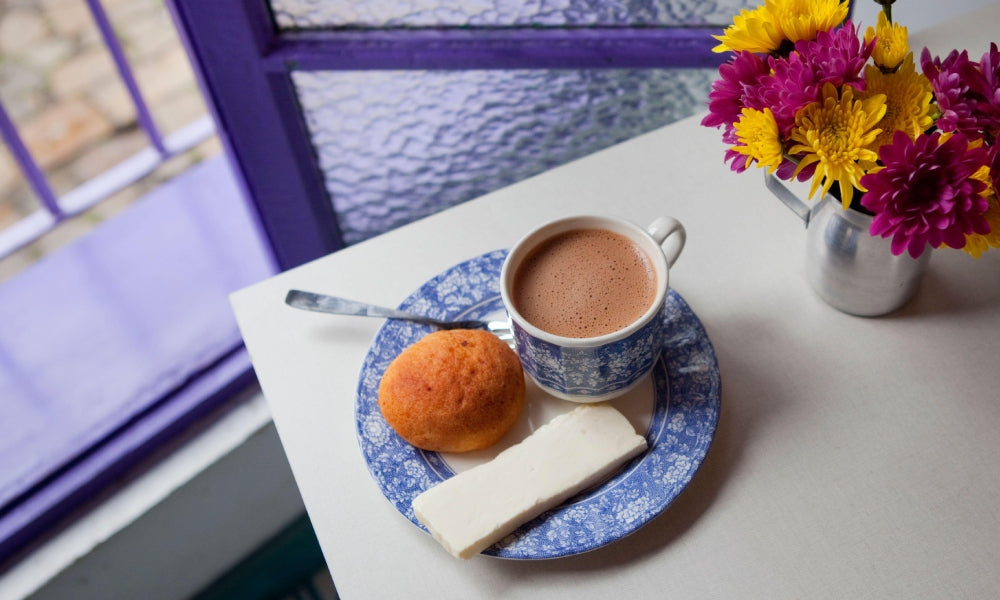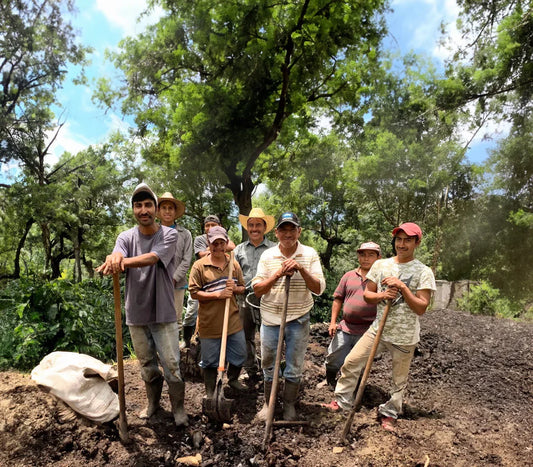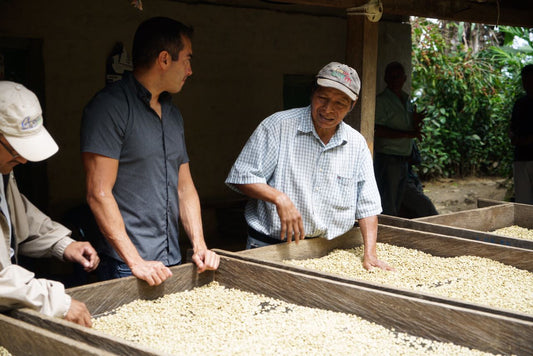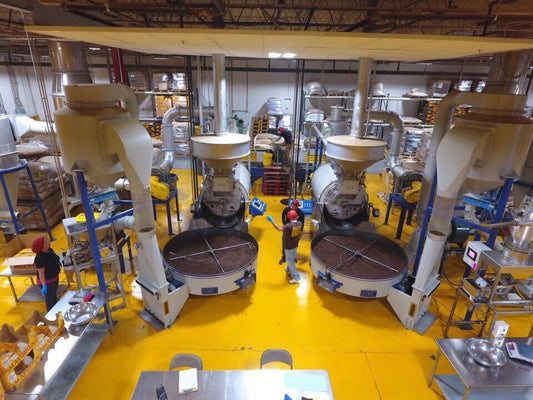
Why Chocolate Santafereño Is Important to Colombian Heritage
You heard it right the first time – it’s hot chocolate with cheese.
It's no secret that chocolate means a lot to Colombians. A cocoa-producing nation, it has a long history of cacao consumption dating as far back as the Pre-Columbian era.
It was first enjoyed by the Aztecs, who drank a sacred mixture of toasted cacao beans, spices, and water. From here, the concept of drinking chocolate (without cheese at this time) spread.
Over the years, the Spanish, for whom the chocolate drink was too bitter, started adding ingredients like sugar and vanilla. This new, sweeter interpretation quickly became popular in Europe and Latin America.
Around this time, Colombians also began to experiment with chocolate, mixing it with other popular local products, including (you guessed it) cheese.
According to US magazine, Atlas Obscura, it’s unclear precisely when cheese entered the fray. However, it’s believed that it may have been through treats which contain cheese and are typically served alongside it. These include pan de yuca and almojábanas.
Today, the practice of adding a piece of soft, creamy cheese to a cup of chocolate caliente is common (some Colombians have even started adding cheese to their coffee).
And, depending on the area, chocolate santafereño, can be served with bread such as pan campesino, almojábanas, pan de bono, and pan de yuca for dunking, with traditional sweet pastries or even with tamales boyacense as is the way in Boyacá.

How to Make Chocolate Santafereño
Traditionally, only four ingredients are needed to make the drink: milk or water, chocolate, sugar, and of course, cheese.
The secret, however, lies in choosing the correct cheese: it should preferably be a soft, smooth and creamy crema doble cheese that melts easily but quesillo or queso campesino also works well.
As for the chocolate, it is best to use a good-quality chocolate bar with a high cacao content – around 70% or more.
Other ingredients, such as cinnamon and cloves, are often added to the drink, but their use is more region specific.
‘‘Chocolate can have slight variations,” Mariana Zapata, a Colombian-American travel and sustainability writer, explains. “For instance, people who like it more bitter make it with water, people who like it sweeter make it with milk, and people who want a bit of both do half-and-half.”
How the drink is prepared can also differ depending on the region. Generally, the milk-and-chocolate mixture is stirred with a molinillo (a wooden whisk) during the cooking process.
Once the hot chocolate is ready, the cheese is placed on the bottom of the cup and the chocolate is poured over. In Bogotá, however, the chocolate is first poured into the cup and chunks of cheese then added.
Another key regional difference is that in Bogotá hot chocolate is usually prepared in a chocolatera or an olleta – a small metal pot specially designed for making hot chocolate.

How Did Chocolate Santafereño Become Popular?
While chocolate and cheese may seem like an odd combination, for Colombians it holds a particularly special meaning, embodied by its own adage: chocolate sin queso es como amor sin beso (chocolate without cheese is like love without a kiss).
Much of its popularity can be attributed to the drink’s delicious sweet-and-salty flavour profile, as well as the addition of cheese, which makes the hot chocolate extra thick and creamy.
It’s also popular because, like coffee, it presents an opportunity for socializing. Although the drink is predominantly enjoyed in the morning, it can also take the place of an afternoon snack or, in some cases, dinner.
“In Bogotá, chocolate with cheese is similar to British tea’’, Mariana explains. “Here, it is an afternoon ritual and the perfect opportunity for spending time with a friend and catching up.
“It is usually served around 4pm or 5pm when the sun starts coming down and the air gets colder.”
But it’s not just limited to Colombia’s capital. According to Pero Like co-founder Norberto Briceño, “Everybody’s abuela has a recipe”.
Mariana agrees, explaining that hot chocolate with cheese is a custom that has been passed down from generation to generation. ‘‘The tradition can be found to some extent throughout the country” she says.
“But it's especially strong in high-altitude places where it's cold. It's very common in the regions of Cundinamarca and Boyacá, as well as Bogotá, though you can still find it in places that are hot.”
The next time you visit Colombia or a Colombian restaurant in your area, be sure to enjoy the unique flavors of this drink along with a selection of traditional Latin American pastries.


